#Mo Kelman
Photo
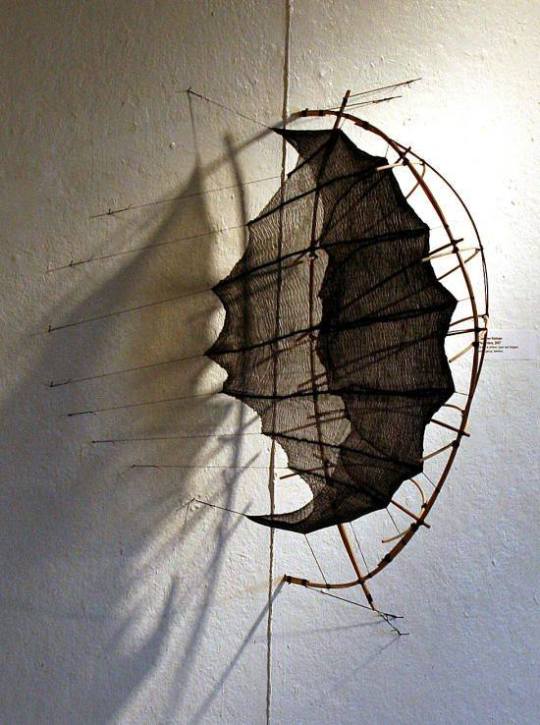


Mo Kelman, sculptor and textile artist tells us about her work:
"In my sculptural work of the past several years I have been devoted to the making of “skins” using a traditional Japanese dyeing technique, mokume shibori. These patterned elastic fabrics are stretched and tethered between lashed bamboo structures and the wall.
Mokume shibori, a type of resist dyeing, involves sewing multiple rows of stitches across the entire plane of a fabric. Each row of stitches is pulled and tightly gathered. The shaped and compressed fabric is immersed in a dye pot where it resists the dye in a pattern that resembles woodgrain, the meaning of mokume. And the heat in the dye pot sets the shape, making a fabric that holds a memory of its compressed form.
I find freedom in working with a small range of materials and techniques. This limitation allows me to contrive a world of forms made by tying knots, lashing corners, stitching and stretching fabric skins."
31 notes
·
View notes
Photo
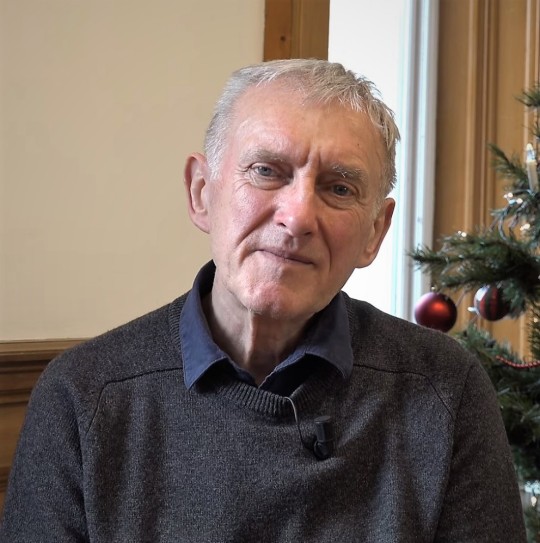
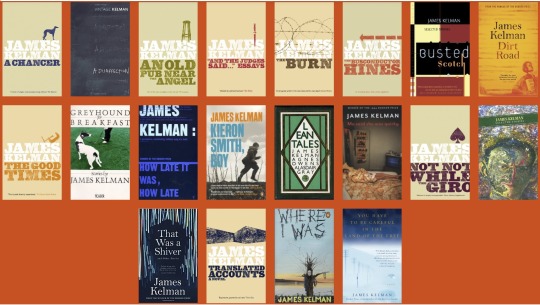
Happy 76th Birthday Scottish author James Kelman.
A writer of novels, short stories and plays, James Kelman was born in Glasgow in 1946 and brought up in the cities Govan and Drumchapel areas. He left school at the age of fifteen to undertake a six-year apprenticeship in the printing industry. Having also worked in Govan, driving buses, he began to write when he worked in the Barbican Centre, in London.
In 1971 Kelman joined a creative writing evening class under the direction of Philip Hobsbaum. It was around then he met Alasdair Gray and Tom Leonard whose work would later appear alongside his own.
His collection of short stories, An Old Pub Near the Angel, was published in Maine, USA in 1973. His first novel, The Busconductor Hines was published in 1984. The depiction of working-class life in Scotland and the use of local vernacular became a characteristic feature of his work. Later work received much critical acclaim and he won the Cheltenham Prize in 1987 for Greyhound for Breakfast and the James Tait Black Memorial Prize for A Disaffection in 1989, which was also short-listed for the Booker Prize. His fourth novel, How Late it was, How Late, the story of an unemployed Glaswegian builder and petty criminal who has been lifted by the polis, won the Booker Prize in 1994.
More accolades were received when his short story collection The Good Times in 1999 won the Stakis Prize for Scottish Writer of the Year. He is the author of a television screenplay, The Return in 1991, and has written many plays for radio and theatre.
Kelman is vocal about the need for writers to be part of University staff. As a result he took up a position at the University of Texas teaching creative writing for three semesters (1998, 1999 and 2001). He later took up positions at the Goldsmiths College London and the University of Glasgow, where he taught creative writing.
In 2008 Kelman published a collection of essays, Kieron Smith, Boy, along with a collection of short stories. It won the 2008 Scottish Arts Council/SMIT Book of the Year Award and the 2009 Saltire Society Scottish Book of the Year Award. In 2011, he was shortlisted for the second time for the Man Booker International Prize and published a new collection of short stories, If It Is Your Life. In 2012, his new novel, Mo Said She Was Quirky, was published.
James Kelman continues to publish books, Dirt Road and That Was a Shiver, and Other Stories were both shortlisted for awards. Tales of Here & Then in 2020 was another collection of short stories, including a selection of new and previously unpublished works.
Kelman’s own website seems to have lapsed and has been hijacked by an Asian bookmakers site, so no link this time I’m afraid.
9 notes
·
View notes
Photo
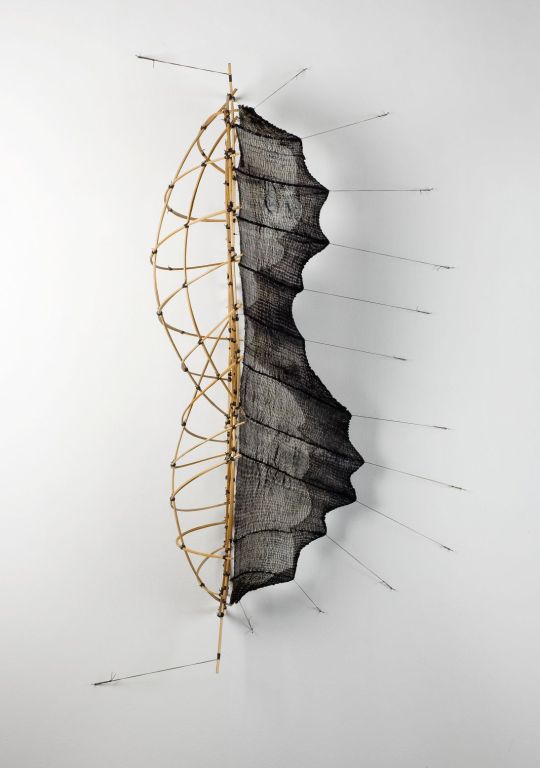
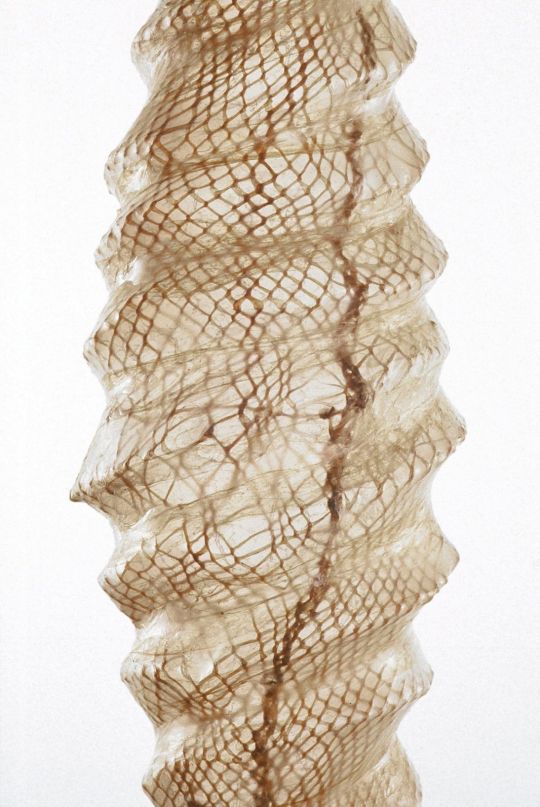

Mo Kelman
26 notes
·
View notes
Text
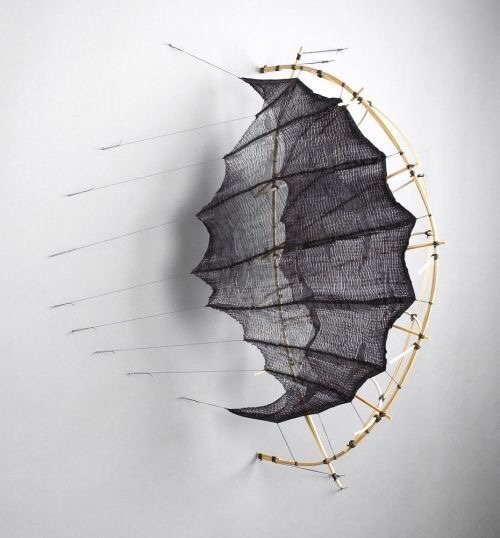
Penumbra by Mo Kelman
shibori dyed and shaped silk, bamboo
4 notes
·
View notes
Photo
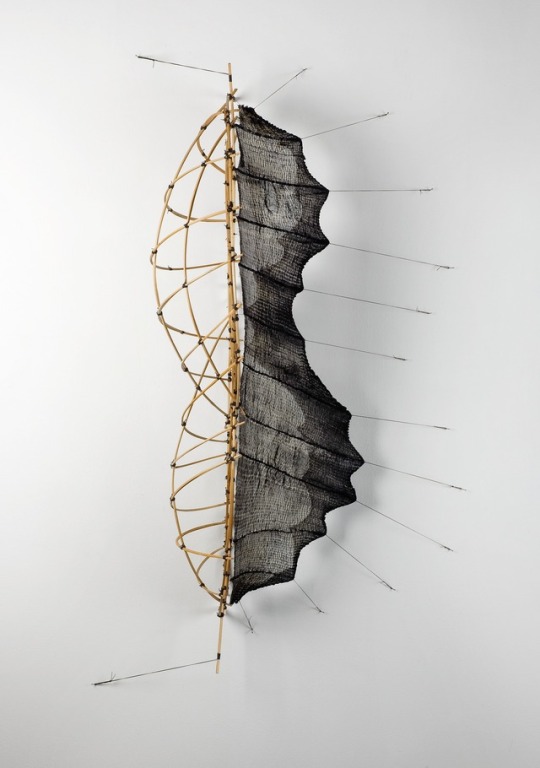
Mo Kelman, “Selfsame”,
Shibori Dyed and Shaped Silk, Bamboo, 50″ X 27″ X 16.″
1K notes
·
View notes
Photo
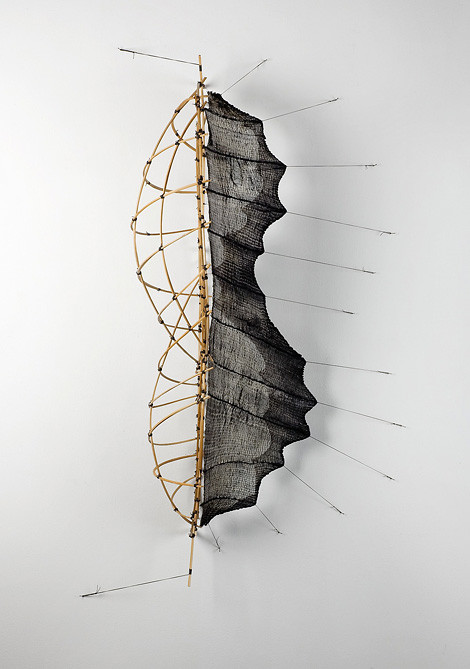
Mo Kelman
2 notes
·
View notes
Text
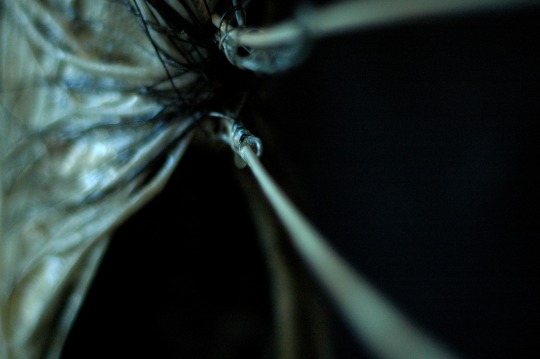


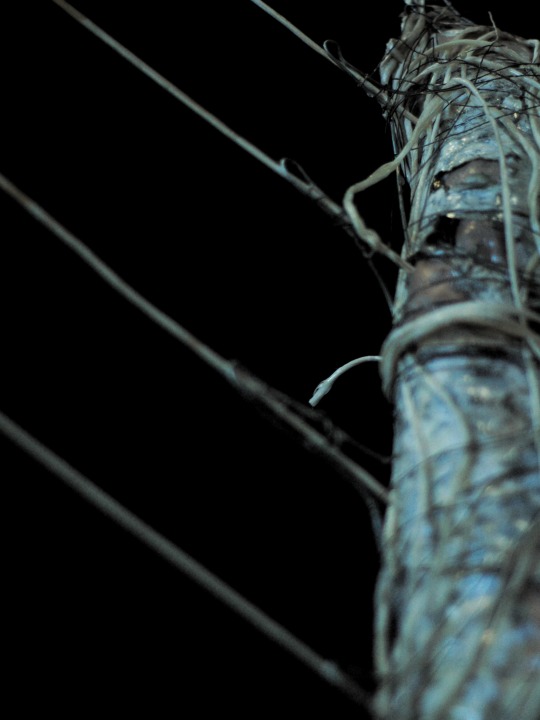


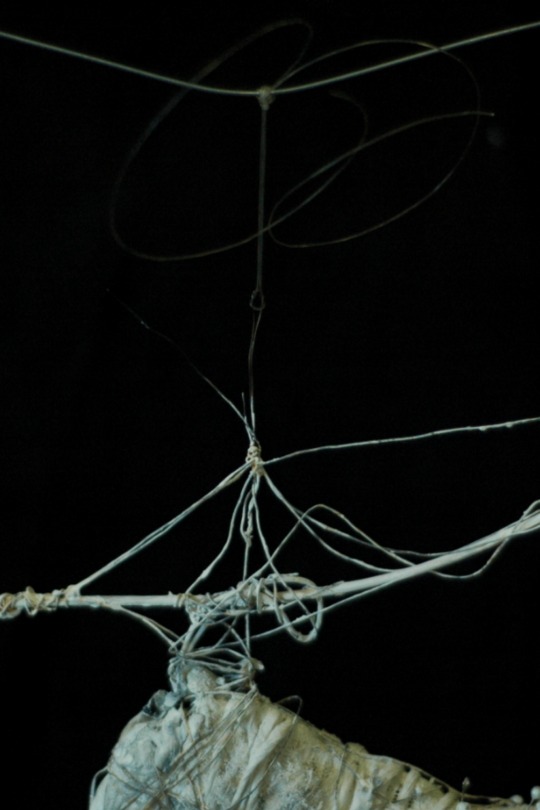


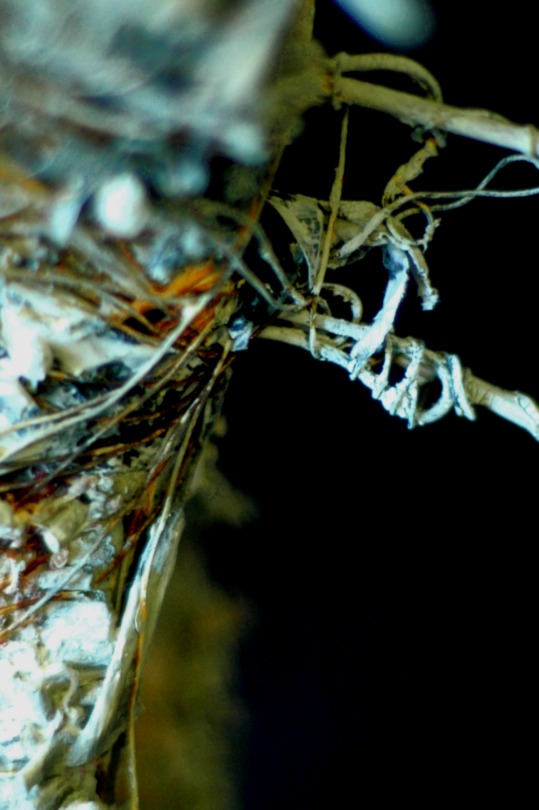
Pictures of two Cocoons, I was responding to the work of designer Nika Danielska and Louise Bourgois, and Mo Kelman, I was thinking about protection and scaring away while still having a beauty fit for its purpose. I made the first cocoon responding to the above artists and I made the 2nd cocoon responding to the first piece, I wanted to explore the notion of end of use, being abandoned, something serving its purpose. breaking down back to nature. I shot with Nikon D70 edited Pixlr
2 notes
·
View notes
Photo
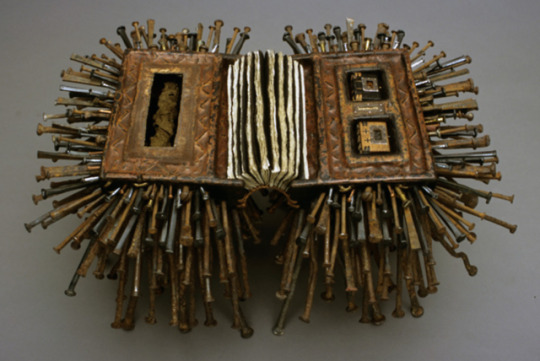
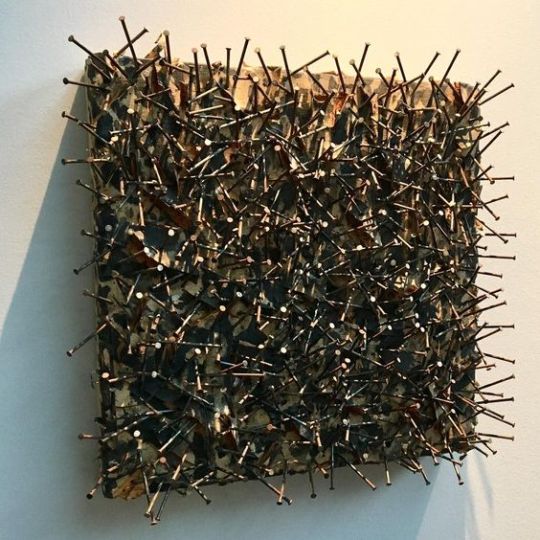
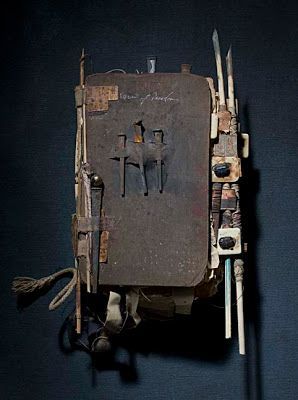
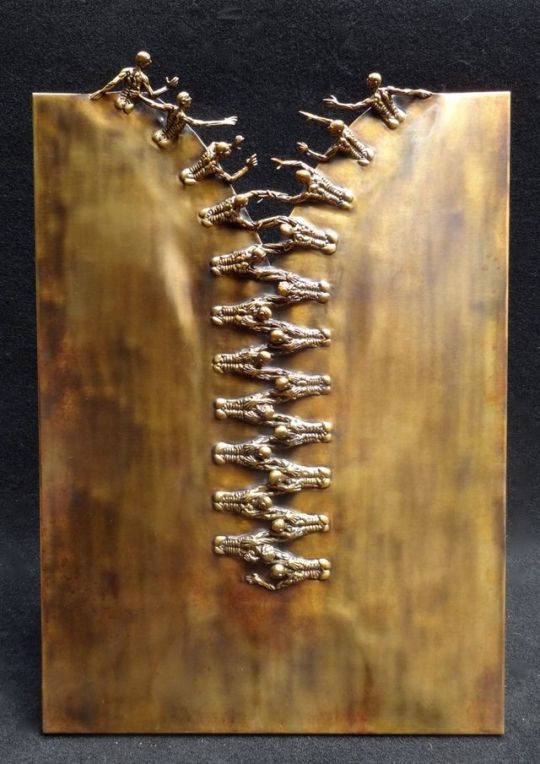
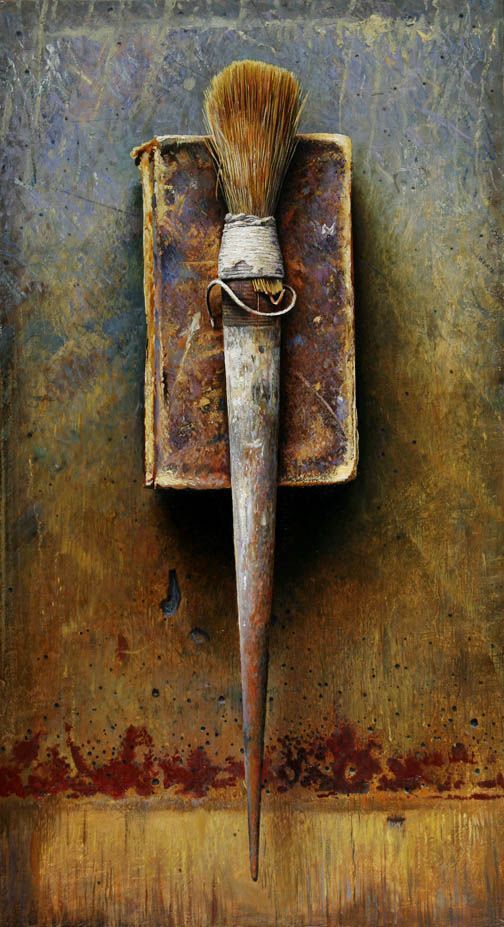
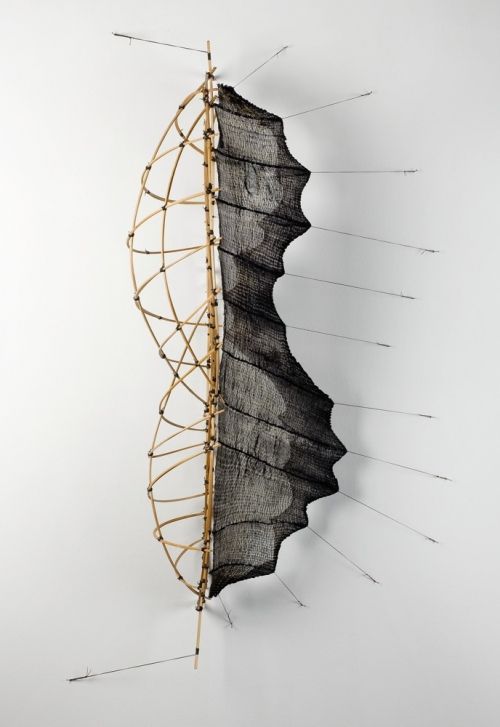
From top to bottom: Dan Essig, Günther Uecker, Ron Pippin, johnstopnsculpture, John Whalley, Mo Kelman
2 notes
·
View notes
Photo

Mo Kelman builds skeletal structures with rigid and semi-rigid materials like reed, rattan, bamboo, wood, wire, found materials and recycled frameworks.
10 notes
·
View notes
Link
Happy 73rd Birthday Scottish author James Kelman.
A writer of novels, short stories and plays, James Kelman was born in Glasgow in 1946 and brought up in the cities Govan and Drumchapel areas. He left school at the age of fifteen to undertake a six-year apprenticeship in the printing industry. Having also worked in Govan, driving buses, he began to write when he worked in the Barbican Centre, in London.
In 1971 Kelman joined a creative writing evening class under the direction of Philip Hobsbaum. It was around then he met Alasdair Gray and Tom Leonard whose work would later appear alongside his own.
His collection of short stories, An Old Pub Near the Angel, was published in Maine, USA in 1973. His first novel, The Busconductor Hines was published in 1984. The depiction of working-class life in Scotland and the use of local vernacular became a characteristic feature of his work. Later work received much critical acclaim and he won the Cheltenham Prize in 1987 for Greyhound for Breakfast and the James Tait Black Memorial Prize for A Disaffection in 1989, which was also short-listed for the Booker Prize. His fourth novel, How Late it was, How Late, the story of an unemployed Glaswegian builder and petty criminal who has been lifted by the polis, won the Booker Prize in 1994.
More accolades were received when his short story collection The Good Times in 1999 won the Stakis Prize for Scottish Writer of the Year. He is the author of a television screenplay, The Return in 1991, and has written many plays for radio and theatre.
Kelman is vocal about the need for writers to be part of University staff. As a result he took up a position at the University of Texas teaching creative writing for three semesters (1998, 1999 and 2001). He later took up positions at the Goldsmiths College London and the University of Glasgow, where he taught creative writing.
More up to date in 2008 Kelman published a collection of essays, Kieron Smith, Boy, along with a collection of short stories. It won the 2008 Scottish Arts Council/SMIT Book of the Year Award and the 2009 Saltire Society Scottish Book of the Year Award. In 2011, he was shortlisted for the second time for the Man Booker International Prize and published a new collection of short stories, If It Is Your Life. In 2012, his new novel, Mo Said She Was Quirky, was published.
James Kelman continues to publish books, his latest two, Dirt Road and That Was a Shiver, and Other Stories were both shortlisted for awards.
I will leave the final words to this article in the New Statesman which opens with " James Kelman has published nine novels, 13 short story collections, two essay collections and several plays. He has been compared to Beckett, Kafka and Joyce, and labelled the “greatest living British novelist” I think many of you out there will agree with the title of the peace, but take out the word "writers" ;)
https://www.newstatesman.com/james-kelman-booker-winner-how-late-it-was-25-years-interview
9 notes
·
View notes
Text
diverse industrial structures

N-AECHITEKTUR
obscure,sharp,dark,aggressive,loud

DAVID MOREN (wild pencil sketches)
questioning,intricate,delicate,quiet
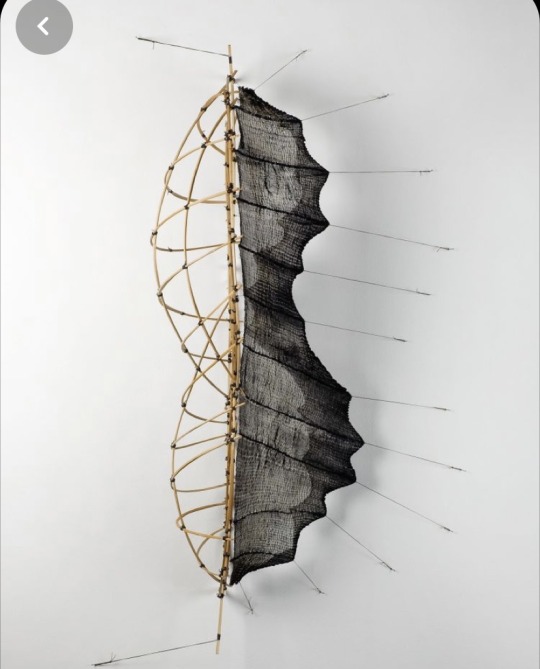
MO KELMAN (skins and) skeletons
scales,mix media,stretched,fine, delicate

LAMBDA LAB
precocious,straight,thick,scary,dark
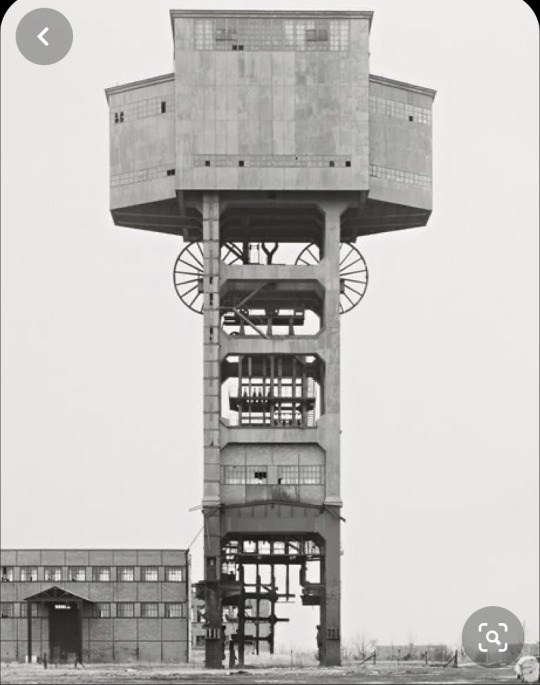
BERND AND HILLA BECHER (lost world) 1800
old,symmetrical,shy,lean,bland

BERND AND HILLA BERCH (basic forms) 1800
pointless,timid,rough,alone,deserted

BERND AND HILLA BERCH (industrial visions) 1800
lenient,fragile,dry,cold,technical

ROTOGRAVURE (victory monument berlin) 1800
towering,spiritual,refined,colossal,remote
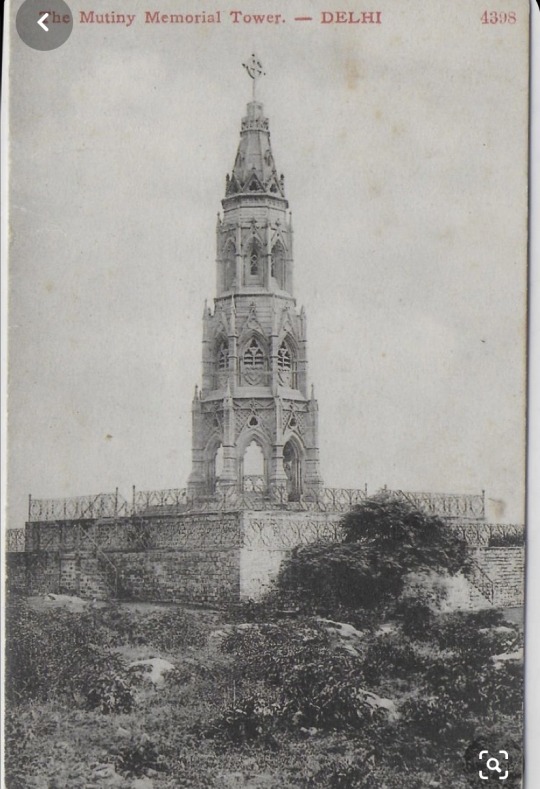
MUTINY MEMORIAL TOWER ,DELHI,INDIA 1800
ancient,high,solitary,narrow,pointed

MAZE RUNNER (film)
intricate,complicated,confuzing,modern,spine chilling
0 notes
Photo

Mo Kelman (at Providence, Rhode Island) https://www.instagram.com/p/CR_e_5cIyMu/?utm_medium=tumblr
7 notes
·
View notes
Text
Willow, string and wire sculptures


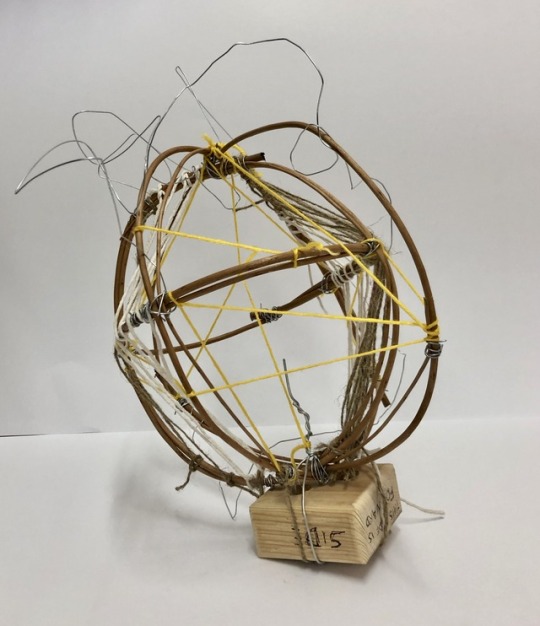
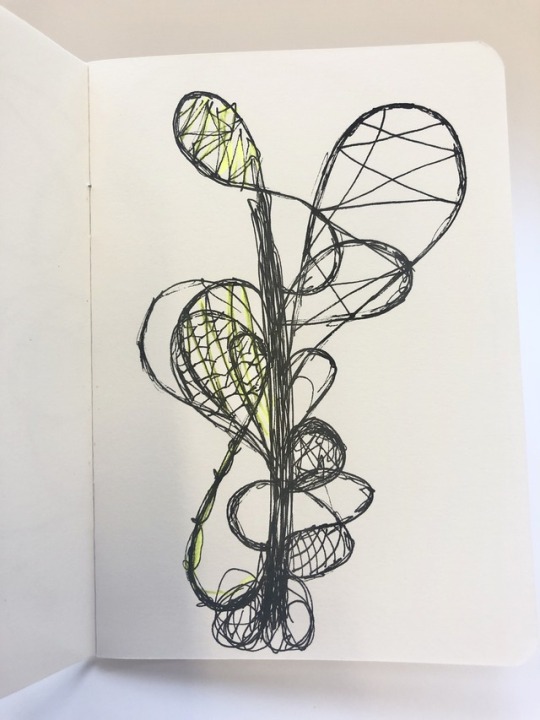
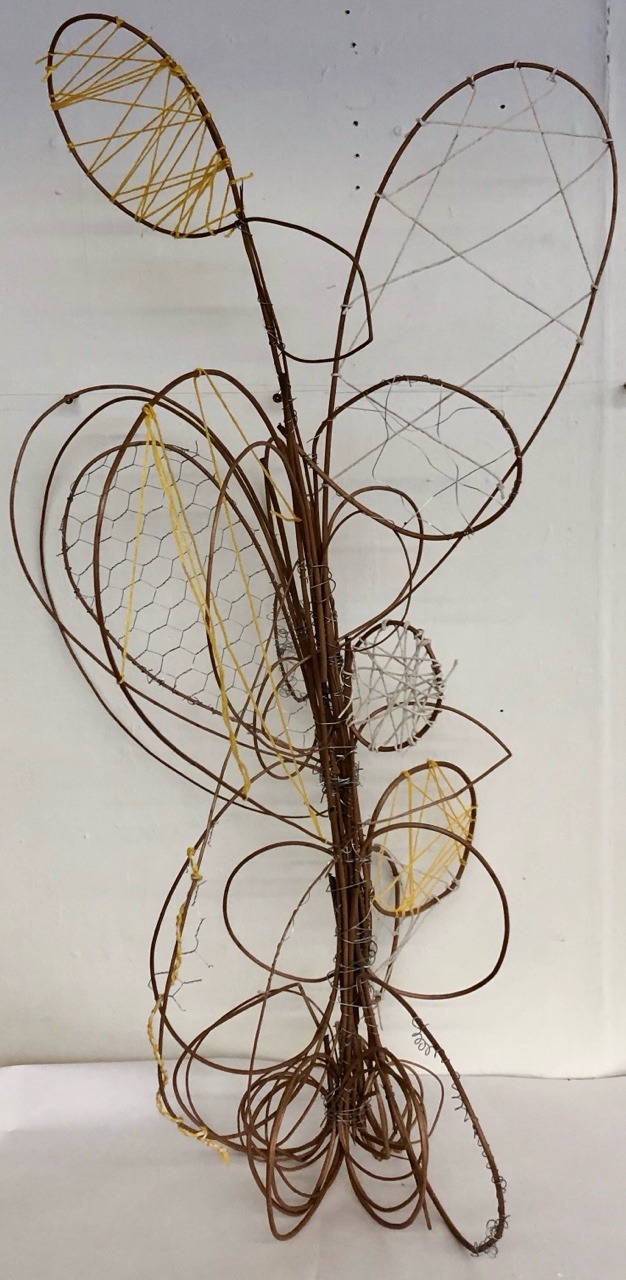


These sculptures were inspired by the architect Zaha Hadid and the artist Mo Kelman. I tried to keep them very curvilinear like Hadid’s work and used willow as an inspiration from Kelman’s use of bamboo in her work. I added strings and metal fiber incorporate more texture and colour tho my work.
1 note
·
View note
Link
DAVIE HAY took over as Celtic manager 37 years ago and was involved in a rollercoaster four seasons in the Hoops hot-seat.
CQN has been looking back at those eventful campaigns in which the former Scotland international won the most dramatic title race in living memory and added a Scottish Cup during a turbulent period for the club.
Here is the eigthth and concluding instalment from Davie Hay’s excellent autobiography, ‘The Quiet Assassin’, co-authored by his long-time friend Alex Gordon – in another CQN EXCLUSIVE series.
I REALISED my four-year stint as Celtic manager was over. Once I had taken it all in I asked the chairman, Jack McGinn, about compensation.
He told me the board hadn’t worked that out yet, but he would get in touch. I reaffirmed that I would not resign and I left Parkhead in a bit of a daze. Remember, this is the same board of directors who allowed me to spend a record £450,000 on a player just one week beforehand while also giving me a wage increase from £33,000-per-year to £40,000 during the season.
Those decisions suggested they had not lost faith in me. None of it made a lot of sense.
I drove home and broke the news to my wife Catherine and she was clearly distraught. We talked things over with daughters Allison and Caroline and I think we were all emotionally drained. I was in the public eye and I was out of work.
At first, I didn’t want to leave the house. In those sort of circumstances, you don’t want to meet anyone because there is nothing more to be said. You care, too, about the children and what is being said at school. My sacking was completely unexpected and, even now, I don’t think too many of that particular board of directors could be proud of the way it was handled.
After discussing the events with Catherine, she asked, ‘Who’s going to get your job?’ It was the same question I had posed to Jack McGinn. ‘I don’t know,’ I replied. Later on that evening, I was watching the news on television and it was then and only then that I discovered Billy McNeill would be returning to Celtic as manager.
AT HOME…Davie Hay outside the home dug-out at Celtic Park.
I stared at the screen in disbelief. I was out, Billy was in and it all seemed to be done in a matter of hours. Everything seemed to be handled so badly and I think I deserved to be treated in a fairer manner. I had nothing against my old team-mate Billy. He was unemployed after being dismissed by Aston Villa and was available. Actually, I have to admit that I maybe played an unwitting role in being removed from my job and being replaced by Billy.
At the end of the season my good friend Peter Rafferty, the president of the Celtic Supporters’ Affiliation, had arranged for a twentieth anniversary celebration of the Lisbon Lions at the Normandy Hotel in Renfrew. Billy, as captain of that wonderful team, was invited, of course. I was absent, though.
Previously, I had agreed to go to London for the same weekend before I knew anything about the Lions’ anniversary. I went with Catherine to see Michael Crawford in the hit musical ‘Phantom of the Opera’ in the west end. The following evening we visited a nightclub called Silks and mixed with the likes of Joan Collins and Co. All was well with the world.
I don’t know if the topic of returning to Celtic was ever brought up with Billy at the Lisbon Lions anniversary. If it had been in anyone’s mind at the club it would surely have been too good an opportunity to pass up. Afterwards it emerged that Billy had met Jack McGinn at a supermarket car park in Clydebank to discuss the possibility of becoming manager of the team again.
It was all very hurtful, but I didn’t blame Billy. Far from it. If I had been in an identical situation I’m not too sure that I wouldn’t have done the same. The lure of Celtic is fairly powerful. Who knows?
REF RANT…Davie Hay is clearly unhappy with match official Bob Valentine in a game aganst Aberdeen.
I had to wait a few months before I eventually received my compensation cheque from Celtic. If I remember correctly, it was around £50,000 before tax. As far as the money went, there wasn’t enough cash printed to take away the pain I felt of being fired by the club that was imbedded in my soul. I even received a message from Cardinal Winning, a well-known Celtic supporter. It simply said, ‘Time is a great healer.’ I realise now that the sentiment is 100 per cent correct, but try telling that to me back then.
I went at least six months before I could even start to push the memory of that wretched afternoon to the back of my mind. I realise it will never be completely wiped from my memory banks. However, as time goes by, you learn to cope with the hurt. There is an old saying that states you should ‘spit out the bitter pill’. I’ve done that.
And I also left a lasting legacy – I introduced the players’ lounge! Amazingly, the club did not have a place inside the ground where players’ families and friends could meet before and after games. Catherine was allowed in because she was the manager’s wife, but the players’ wives, girlfriends, children, relatives and pals had to wait outside in the car park beforehand, irrespective of the weather. There was nowhere else for them to go.
At Chelsea, they had a fairly swish players’ lounge and it seemed an awful lot more civilised and sophisticated than having folk mulling around outside while the players got showered and changed. Sometimes you had to hold them back to have what is euphamistically known as ‘a quiet word’. Our chief scout John Kelman had a fair-sized office, but, obviously, it wasn’t used at the weekend. I utilised it on Saturdays and John got his office back on Monday. Why had no-one thought of this before?
HANDS UP IF YOU’RE LEAVING CELTIC…Brian McClair after scoring against Hibs keeper Alan Rough.
I watched events unfold at Celtic that summer just like any fan. The club, champions of their country a mere twelve months beforehand, appeared to be imploding. Mo Johnston went to French outfit Nantes for a bargain £350,000, Brian McClair agreed an £850,000 tribunal deal with Manchester United, Alan McInally moved to Aston Villa for around £250,000 and a similar fee took Murdo MacLeod to Borussia Dortmund.
Davie Provan was forced to retire far too soon and there was a sentimental parting of the ways for Danny McGrain, who, at thirty-seven-years-old, had been given a free transfer and went to Hamilton. It looked as though the club was starting afresh.
By the way, I don’t think I am the first manager to be shown the door at Celtic. I came across an old newspaper clipping not so long ago.
It read, ‘I can only assume the chairman and his board of directors felt that a change of managership might bring a change in the team’s fortunes. I want to wish my successor every possible good fortune. At the same time, I must confess I was deeply hurt over the whole thing. No hint of a change had been given to me as I prepared to leave for a fortnight’s holiday.
‘You can imagine my feelings when, a few days later, I picked up a newspaper and read that I was likely to lose my job. It was obviously not just a rumour and when I returned I called on the chairman who asked me to hand in my resignation. I did so, of course, but the whole affair has caused me much unjustified embarrassment.’
Sound familiar? The words belong to Jimmy McStay, the Celtic manager who was replaced by Jimmy McGrory in July 1945.
Forty-two years later I could have penned something similar.
https://ift.tt/3iTxgqv
0 notes

